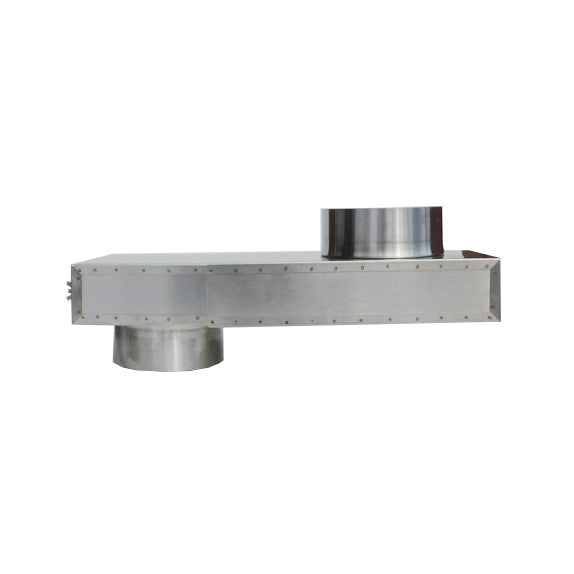I'm planning on installing an insert in our masonry fireplace (exterior wall, 2.5 story house, ~30-foot chimney), and have been trying to read as much as I can here to understand potential issues before I take the plunge. (This will be my first stove/insert.) I really appreciate all of the collective wisdom and helpfulness of people here.
In my reading here, I've seen a number of threads that go something like this:
- I'm having problems with my insert burning too hot / too fast / overfiring.
-- How tall is your chimney?
- 30 feet.
-- Probably too much draft.
What I can't tell, of course, is how common those problems really are. People who don't have problems probably (mostly) aren't posting, or if they do, the might not say how tall their chimney is, etc.
So... how much should I worry about this as I'm looking at inserts and talking to dealers/installers? I know that every setup can be a little different, but curious to hear the collective wisdom here. Should I be looking at getting some kind of damper installed right from the start? (Not so simple in an insert, it seems.)
And on a related note, if anyone can point me to a good discussion of the physics of how draft works in chimneys, that would be great! I do in fact have a physics background. But that doesn't mean I know anything about this particular topic 😆 , just that I don't mind a pretty technical explanation. (A web search for "chimney physics" brings up a bunch of links, but I bet the experts here have some favorites.)
In my reading here, I've seen a number of threads that go something like this:
- I'm having problems with my insert burning too hot / too fast / overfiring.
-- How tall is your chimney?
- 30 feet.
-- Probably too much draft.
What I can't tell, of course, is how common those problems really are. People who don't have problems probably (mostly) aren't posting, or if they do, the might not say how tall their chimney is, etc.
So... how much should I worry about this as I'm looking at inserts and talking to dealers/installers? I know that every setup can be a little different, but curious to hear the collective wisdom here. Should I be looking at getting some kind of damper installed right from the start? (Not so simple in an insert, it seems.)
And on a related note, if anyone can point me to a good discussion of the physics of how draft works in chimneys, that would be great! I do in fact have a physics background. But that doesn't mean I know anything about this particular topic 😆 , just that I don't mind a pretty technical explanation. (A web search for "chimney physics" brings up a bunch of links, but I bet the experts here have some favorites.)


